The West of England is leading the way on immersive audio innovation
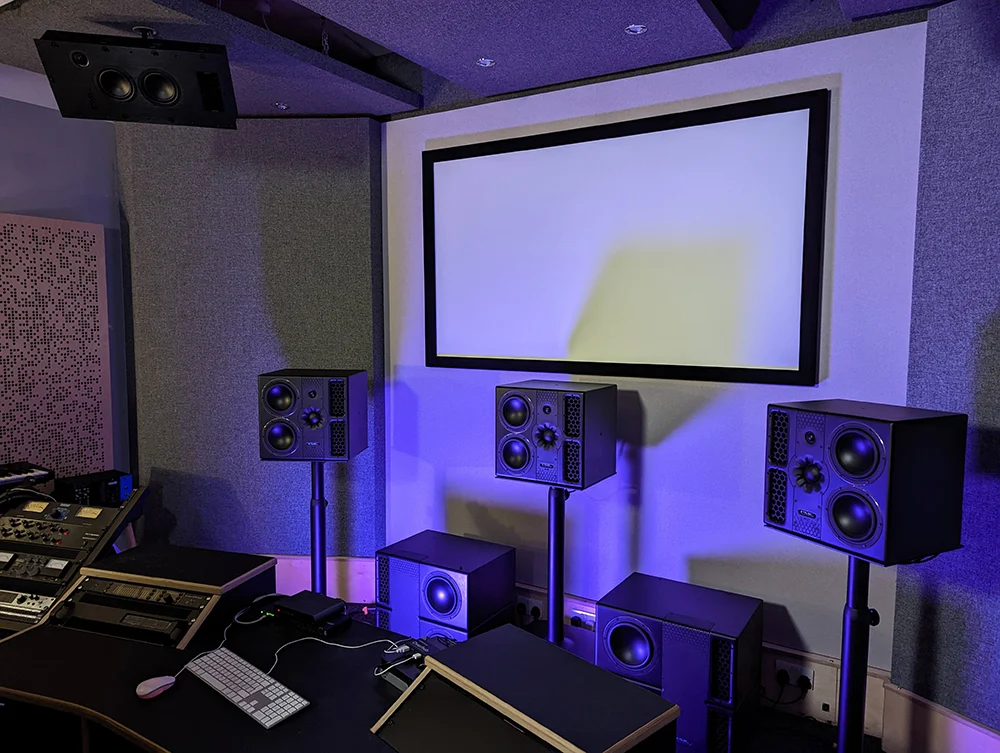
Immersive audio mixing is becoming a popular way to enhance music and sound for a variety of platforms in a post-production context. However, MyWorld’s funded Experimental Audio Camp project and a community of organisations in the West of England, including dBs Institute (dBs), are helping to explore how it can be used during the production process.
Immersive audio - otherwise known as spatial or 3D audio - has, up until recently, been seen as a tool used for the post-production phase of music and sound creation. Whether mixing sound in Dolby Atmos for the big screen, optimising sound for Apple’s Spatial Audio platform or mixing an immersive version of a classic album, this form of 3D listening is usually implemented as an afterthought rather than during the creative production process. However, as the technology becomes more popular, organisations and artists are working on projects that place immersion at the centre.
At dBs, they have built Dolby Atmos suites at their Bristol campus to ensure students can follow this technological development where it leads and have the tools to create projects that innovate and push boundaries. A major hurdle to progression in immersive audio is a widespread lack of industry-standard facilities, which they are helping to address for their students, partners and other like-minded creative organisations.
One of those organisations is Watershed’s Pervasive Media Studio, who partnered with Real World Studios and the Immersive Audio Network to produce and deliver an Experimental Audio Camp, which was an intensive three-day residency exploring spatial audio production. The residency hosted ten sound artists, including dBs Pro’s Jay Auborn and dBs Institute's Natalia Mamcarczyk, who were tasked with creating original works composed intentionally for a spatial system. Funded by MyWorld, the EAC was designed to help further unlock the potential of spatial audio and explore what can happen when artists compose with immersive systems in mind.
This project is part of a spectrum of programmes, organisations, networks, venues and educators in the West of England - including dBs - that are seeking to improve the understanding of the power of immersive audio.
Part of this spectrum and connected with MyWorld, is the Interactive Audio Network (IAN), established by Dr Ruth Farrar from Bath Spa University and MyWorld. It aims to improve knowledge-sharing amongst immersive audio practitioners, puts on events and workshops, and deliver mentorship programmes. This will encourage an inclusive and diverse talent pool and helps to showcase the West of England as a centre of immersive audio innovation in the UK and beyond.
Through the sharing of resources and knowledge, as well as funding for immersive audio projects, the IAN helps artists unlock new ways of using immersive audio technology for artistic or commercial projects. One of the main barriers for artists who want to explore immersive audio, however, is access to facilities. At dBs Institute, they have state-of-the-art Dolby Atmos suites in their Bristol campus boasting a PMC 7.2.4 system that has been calibrated by the team at Dolby.
Through programmes like MyWorld, networks like the Immersive Audio Network and the Pervasive Media Studio, opportunities like the Experimental Audio Camp and facilities like dBs, organisations across the West of England are helping to raise that barrier to access. This ecosystem of immersive audio expertise and experience that is emerging from the West of England is driving the steady shift from immersive audio in a post-production context to production-focused spatial works.
Related Articles
Count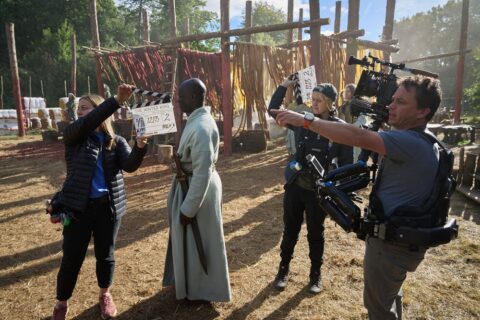
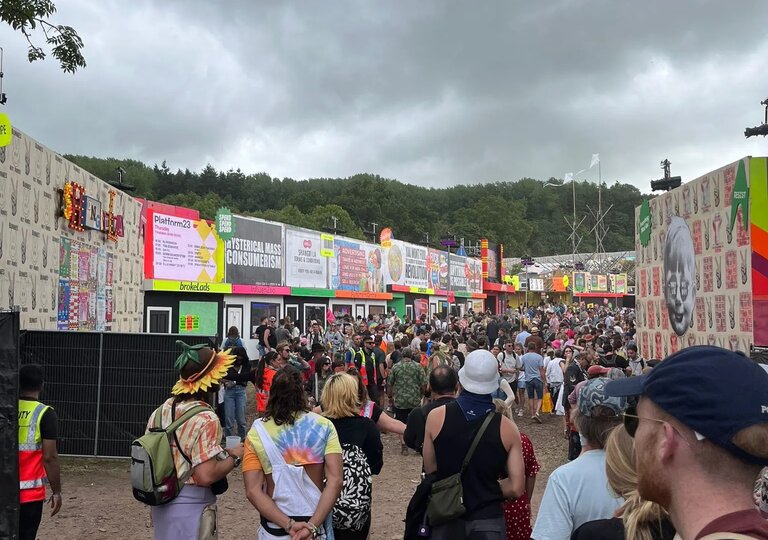 Published date17 July 2024
Published date17 July 2024 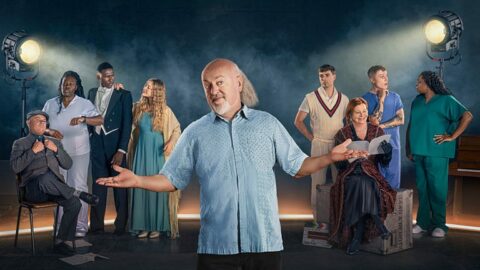
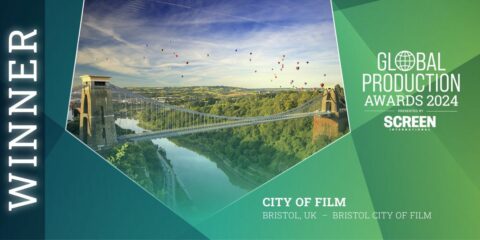
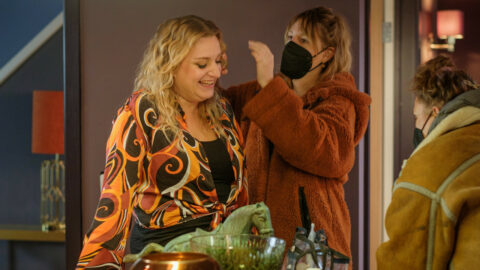
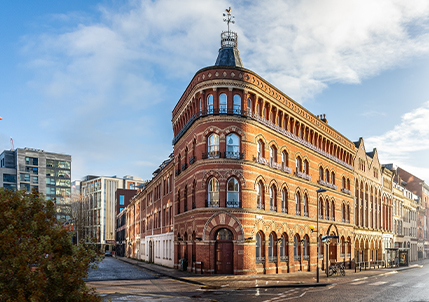
 Published date12 December 2022
Published date12 December 2022 
 Published date8 November 2021
Published date8 November 2021  Published date16 August 2024
Published date16 August 2024 
 Published date27 February 2025
Published date27 February 2025  Published date16 May 2022
Published date16 May 2022 
 Published date23 November 2021
Published date23 November 2021 



 Published date18 December 2023
Published date18 December 2023 